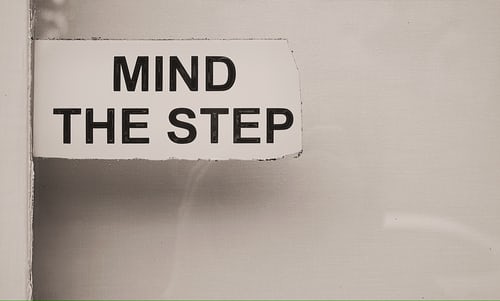Complying with fire regulations as a business
A fire can be a truly catastrophic event for a business, wiping out premises and potentially putting life in serious peril.
Fire deaths have, thankfully, been at historic low levels in recent years, but that is not a reason to slack on fire safety – in fact, those statistics are certainly down to a proper focus being put on safety measures.
Fire regs are compulsory for just about all businesses, but what are those regulations, and how do you go about meeting them?
What the law says
“As the responsible person you must carry out and regularly review a fire risk assessment of the premises. This will identify what you need to do to prevent fire and keep people safe.
“You must keep a written record of your fire risk assessment if your business has 5 or more people.”
What makes a fire risk assessment
- Identify the fire hazards
Are some of the building materials in your workplace potentially flammable? Does your premises include a kitchen? Any spot that could pose a risk must be noted.
- Identify people at risk
Might people find it difficult to evacuate swiftly in the event of a fire? Examples include residents at a care home or employees whose nature of work necessitates them to be restrained – such as while operating machinery in some sectors.
- Evaluate, remove or reduce the risks
Can materials be replaced with flame-retardant alternatives? Is it possible to move people or workstations closer to fire exits to facilitate easier evacuation? Can tools such as door closers be utilised to limit the spread of fire?
- Record your findings, prepare an emergency plan and provide training
Be sure that all staff are acutely aware of their duties in the event of a fire. Run regular fire drills, so that people are not caught unaware if the worst is to happen.
- Review and update the fire risk assessment regularly
Start from fresh when reviewing. Have things changed in your premises? Have regulations changed that now means you require a fresh approach?
How to stay fire safe
As well as providing regular training, be sure that fire safety messaging is clearly displayed in all areas of the workplace. This should include key information such as evacuation and meeting points in the event of a fire, as well as the location of the nearest extinguishing equipment and alarms.
You must properly research what types of fire extinguisher are best to tackle the potential fires in your workplace.
Different formulas are suited to fires started by certain fuels, with differing kinds for wood fires, oil-based blazes and fires that engulf or are started by electrical equipment. Using the wrong extinguisher could make the damage much worse.

